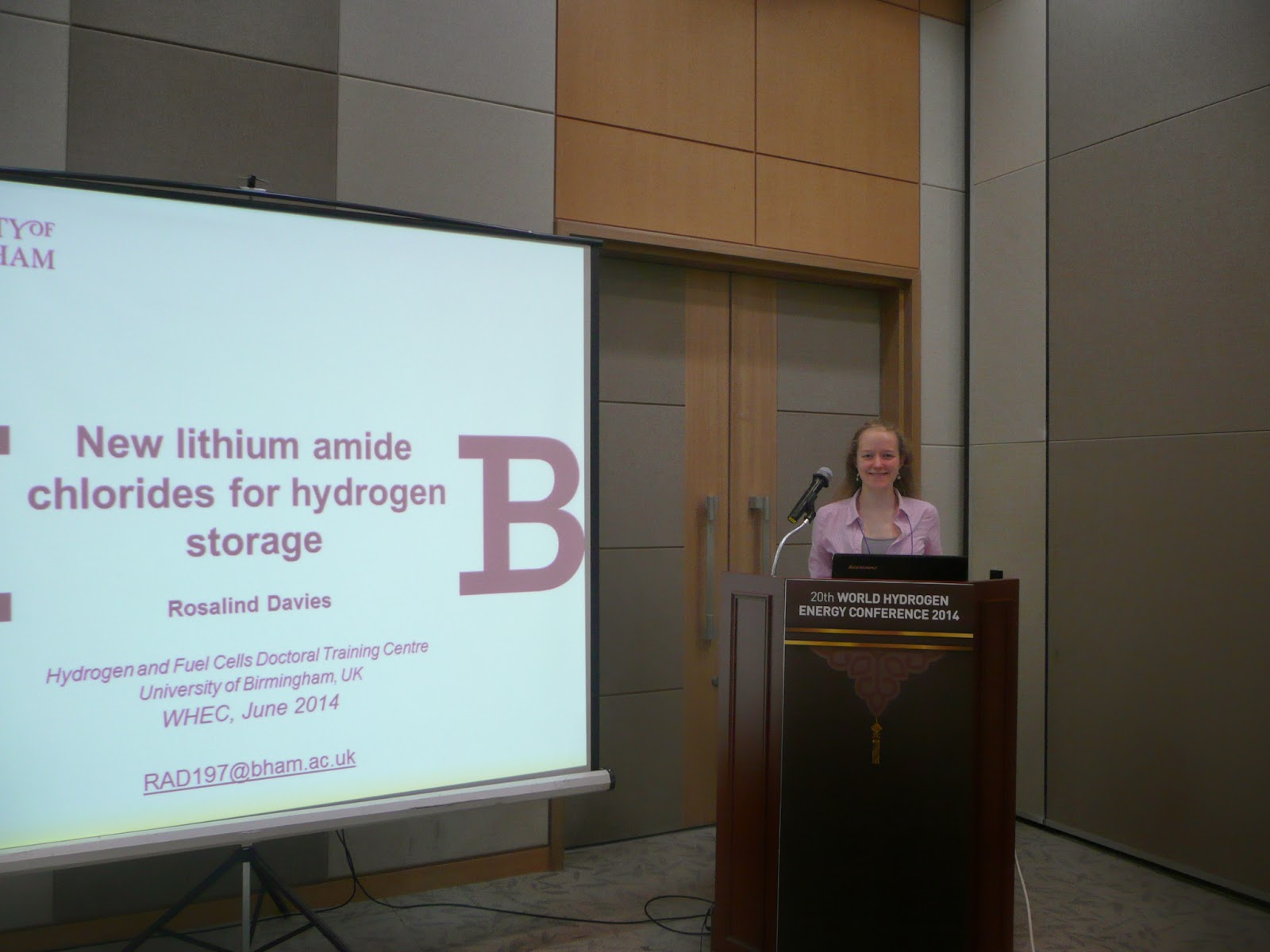As part of my FameLab academy mentoring, I planned to visit my allocated school at least once. My first visit to Pates was in late November and started
with an assembly to the whole of year 9. With no introduction, only the FameLab
banners, I gave my 3 minute presentation on my research topic (very similar to
this one:). I could see that a number of the students were very intrigued as to
why I was there! Once I had finished, Janet began the introduction with “Could
you explain a science or engineering topic in 3 minutes?” before giving some
more information about the competition. We only had 10 minutes, but it seemed
to prompt some interest amongst the students. It was also really encouraging to
hear the enthusiasm of the staff involved. The head of Year 9 even suggested that
he should do his own FameLab presentation on a topic suggested by the students
to show them that anyone can do it.
It was interesting to hear why the school was so keen to
take on the project. It seems that, even at this early stage, presentations by
the students usually are just reading from a script or a powerpoint slide. It
is good that this project gives them the opportunity to see that it’s not
actually that bad to present outside of your comfort zone!
I then went into some year 9 lessons, where the teacher was
introducing the competition and going through the first workshop. This was
mainly looking at good science communicators (Alice Roberts and the winner of
FameLab UK) and discussing what made them good and easy to understand. The
students then had a chance to think about what kind of topic they would talk
about, and how they would hook the audience for this topic. Some of them were a
bit stuck for ideas, so we discussed the idea of answering questions that
everyone wants to know the answer to (e.g. Why is the sky blue?) or starting
with a topic they had studied recently and thinking about how it could be
applied in the real world.
I then spoke to some students about engineering and
interviews in general. There was a mixture of age groups, with the older ones
engaging more than the 15/16 year-olds. I think that they found it helpful – it
did at least put engineering on their radar as something they might consider.
So one successful school visit down - the next stage is for
the school to begin going through the workshops and see where they think I can
be of most help. A lot of the students seemed keen, so there should be a good
competition at the end of it!





























